Sony adds two 4K handheld professional camcorders with AI-based subject recognition Autofocus, tracking, and Auto Framing. Titled HXR-NX800 and PXW-Z200, those cameras are armed with a 1.0-type CMOS sensor, and a newly designed 20x optical zoom lens that offer recording and streaming capabilities ideal for broadcast, corporate, and education content creation. The goal is to match the look and feel belongs to the acclaimed Cinema Line, but with a smaller sensor.

Two 4K handheld professional camcorders
Sony is releasing two new 4K handheld camcorders, the NXCAM HXR-NX800, and XDCAM PXW-Z200 with SDI and MXF wrapper. Both models feature artificial intelligence (AI) recognition capabilities, high-precision autofocus (AF), a newly designed 20x optical zoom lens, a variable neutral-density (ND) filter, and an assignable lens ring. The new models combine portability, functionality, interoperability, and network connectivity for a high-quality and inclusive capture and live streaming experience. The cameras are suited to individuals and small teams supporting applications within broadcast, corporate, faith, and education.


The new HXR-NX800 and PXW-Z200 build upon Sony’s rich legacy and expertise in broadcast and production and marries it with the latest transformative technology trends including AI and all-in-one streaming. As we continue to strengthen our portfolio, we’re pleased to combine some of our most sought-after and beneficial features into a handheld form factor to accommodate professionals at all levels with the options and capabilities to make their work more impactful, visually appealing, and efficient.
Claus Pfeifer, Head of Content Acquisition, Sony Europe
1.0-inch sensor. AI compensated
AI subject recognition, autofocus (AF), and support for 4K 60p/120p recording facilitate high-quality capture with less manual input. The cameras feature a BIONZ XR image processing engine and a specialized AI-processing unit for highly accurate, real-time recognition, tracking, and framing of subjects. In addition, the HXR-NX800 and PXW-Z200’s 1.0-inch-type Exmor RS CMOS stacked sensor provides high sensitivity and low-noise capability.

Electronic Variable ND Filter
An Electronic Variable ND Filter enables users to toggle seamlessly between 1/4 to 1/128 density. Users also have the option to enable auto-ND, which allows the camera to maintain an optimized exposure without the user having to adjust settings – especially useful when moving quickly between indoor and outdoor environments. Two rings for focus and zoom and two dials for IRIS/ND Variable are located side-by-side, for effortlessly adjusting exposure along with focus and zoom. Twelve assignable buttons provide further customization.

Powerful Zoom and Image Stability
The two new cameras are equipped with Sony’s G Lens with a newly designed optical 20x power zoom that covers 24mm wide-angle to 480mm telephoto and a maximum aperture of F2.8-F4.5. The models can achieve 30x (4K) and 40x (HD) zoom with no noise using Sony’s Clear Image Zoom technology. Active mode combines electronic correction with optical image stabilization to provide smoother imagery on the go.
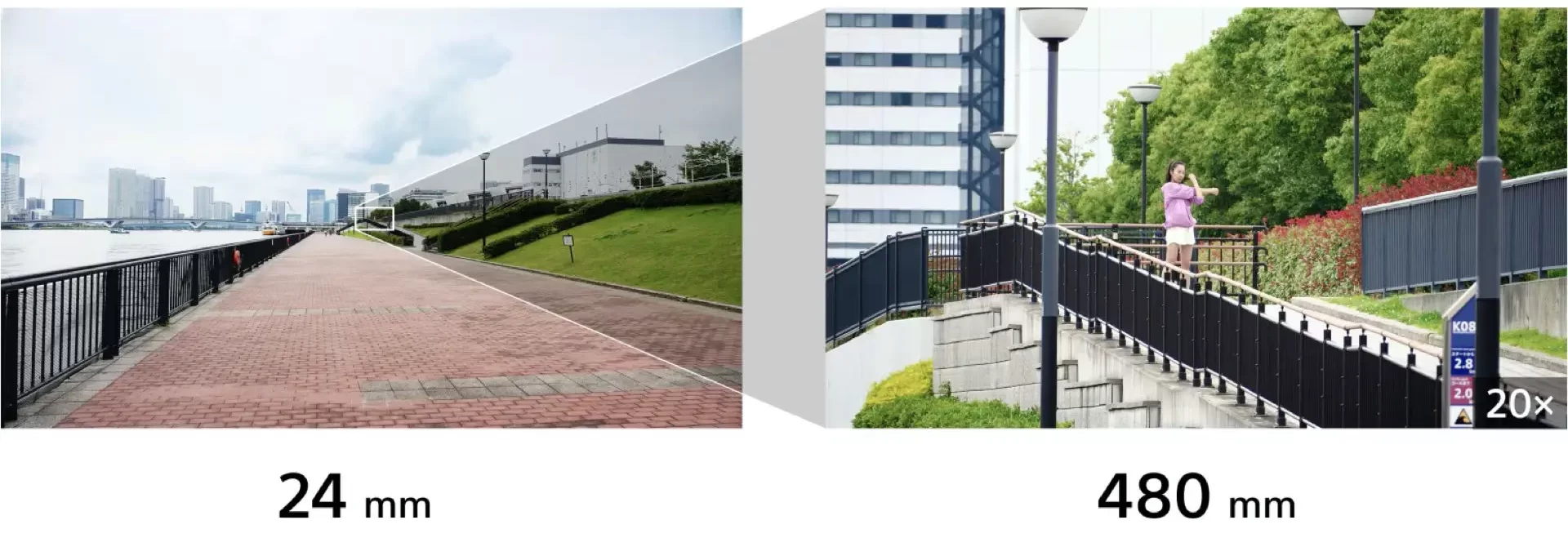
S-Cinetone capabilities to match Cinema Line
The HXR-NX800 and PXW-Z200 provide beneficial integration with Sony’s camera portfolio. Presets such as S-Cinetone, ITU709, 709tone, HLG Live, HLG Mild, and HLG Natural, can be easily adjusted to color match the footage captured on Sony’s other broadcast, Cinema Line, and AlphaTM cameras. Furthermore, the new cameras support a wide variety of recording formats including XAVC HS, XAVC S, XAVC SI, and XAVC HS Proxy (up to 16 Mbps). They support proxy recording, which reduces the burden of data storage and management during post-production, and TC/UB recording, which is necessary when operating multiple cameras. The PXW-Z200 will also support XAVC (MXF) recording through a future firmware update expected summer of 2025.

Price and availability
The HXR-NX800 and PXW-Z200 are expected to be available in September 2024 for a suggested retail price of $3,299.99 (USD) (EUR 3000), and $3,999.99 (USD) (EUR 3750), respectively.



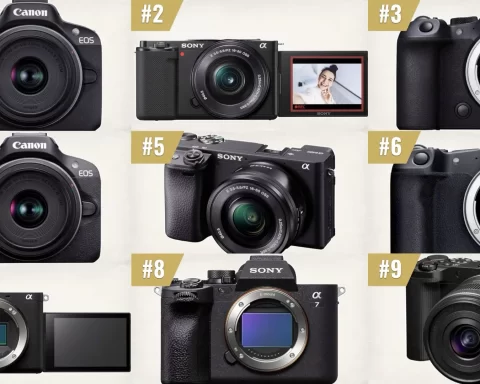
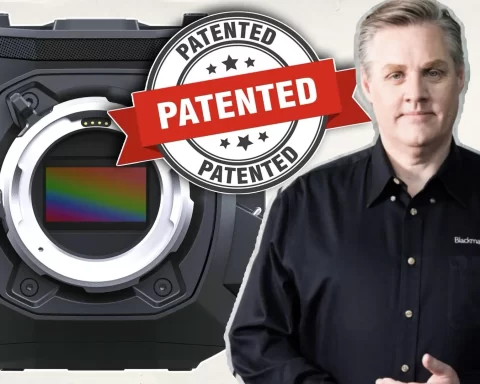

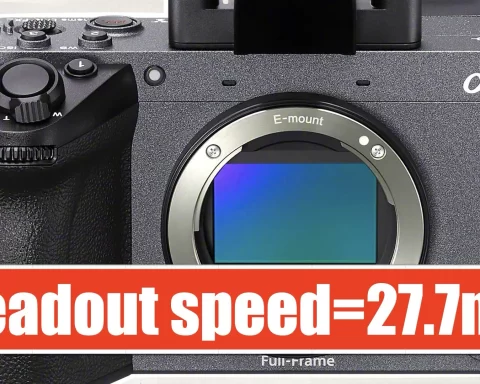
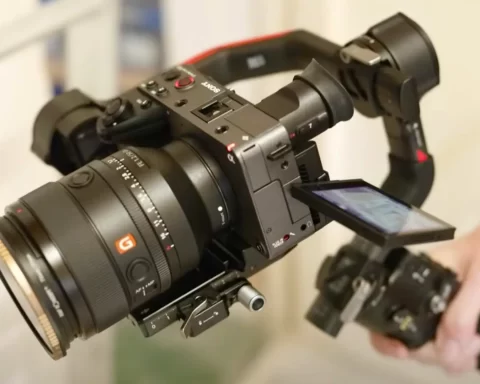

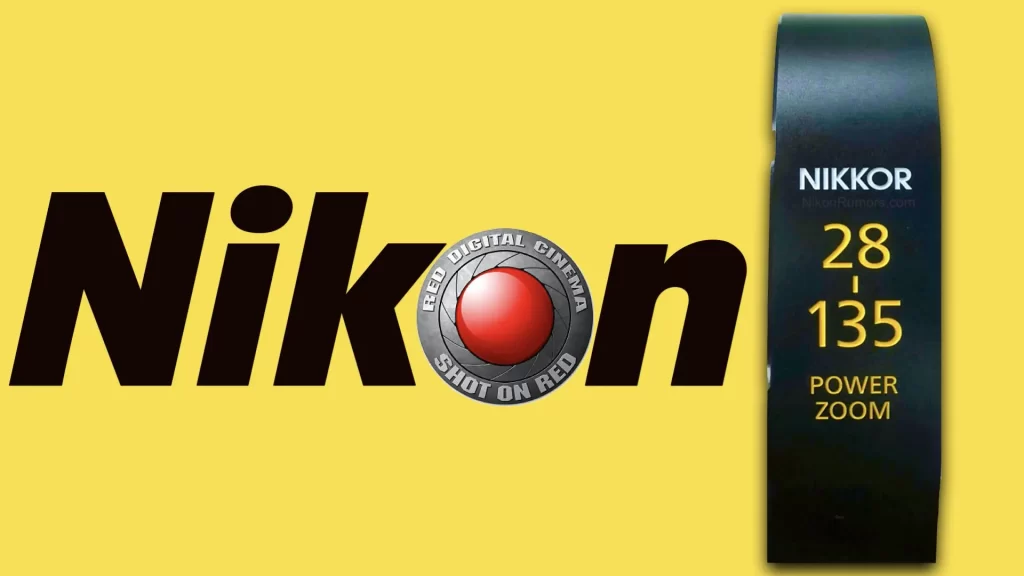

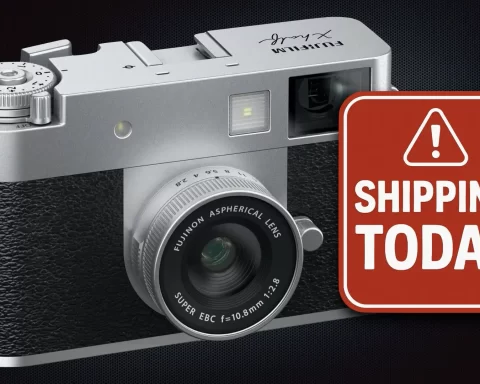

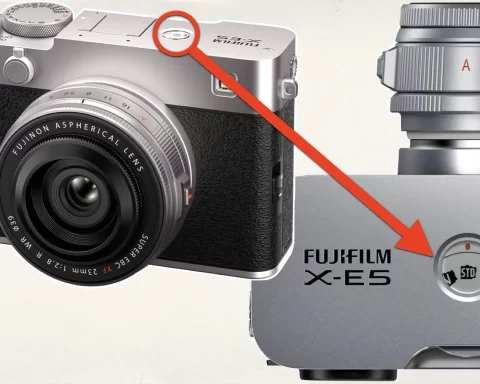
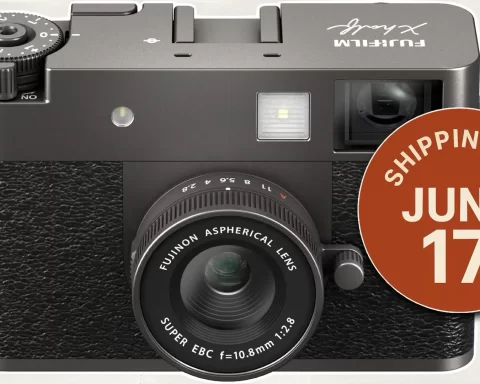



Very versatile cameras with ease of operation, but should incorporate Slog3.